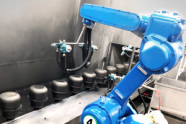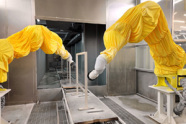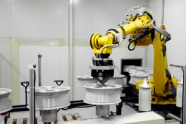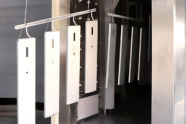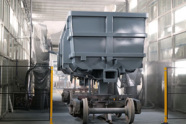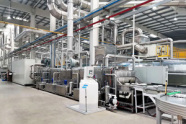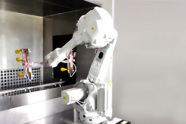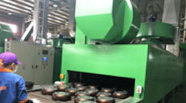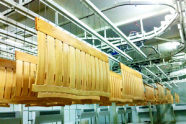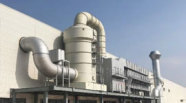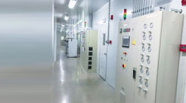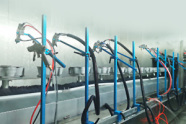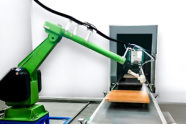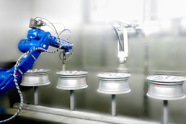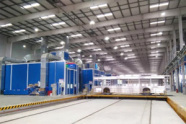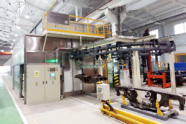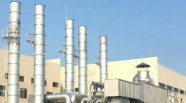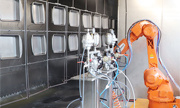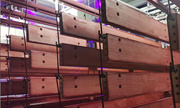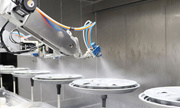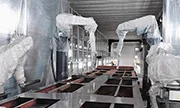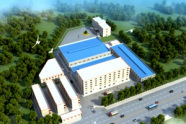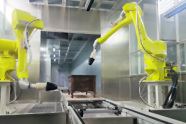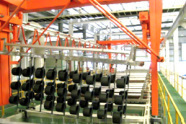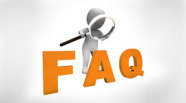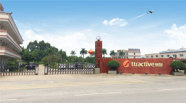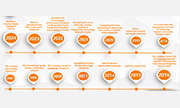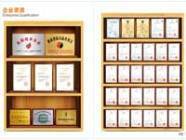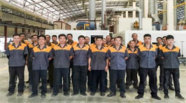All categories
Related News
23
2025
-
10
Tailored Liquid Coating Line for Your Unique Needs
Author:
Chuangzhi Coating
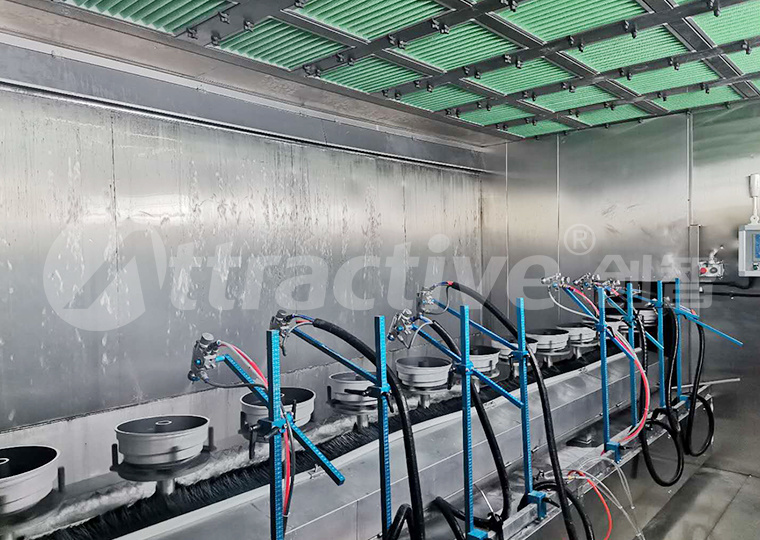
1. Customization by Industry Characteristics: Matching Differentiated Process Needs
- Automotive Parts Industry: For workpieces such as chassis brackets and door trim panels, we customize a full-process line of "pretreatment phosphating + electrostatic liquid spraying + low-temperature curing". Considering that automotive coatings need to pass the 1000-hour salt spray test, we equip high-pressure airless spray guns in the spraying link to accurately control the coating thickness (80-120μm), and at the same time match them with hot air circulation curing ovens to ensure tight bonding between the coating and the substrate. After application by an automotive parts customer, the coating defect rate dropped from 15% to 2.3%;
- High-End Home Appliance Industry: For refrigerator door panels and washing machine control panels, we customize the "fine atomization spraying + UV auxiliary curing" solution. Air-assisted airless spray guns are used to control the coating thickness at 15-30μm, avoiding sagging problems in traditional spraying. At the same time, online color difference meters are used to monitor color deviation in real time, ensuring that the color difference ΔE of home appliance panels in the same batch is ≤0.8, meeting the appearance requirements of the high-end market;
- Precision Hardware Industry: For small-size fasteners and connectors, we design a compact production line of "multi-station rotary spraying + tunnel curing". Through a turntable conveyor system, 360° dead-angle-free spraying of workpieces is realized, and with a miniaturized curing channel, a daily output of 50,000 pieces is achieved in a 100㎡ workshop, which is 40% higher than the space utilization rate of traditional lines.
2. Customization by Production Capacity and Space: Balancing Efficiency and Practicality
- Small-Batch Custom Production: For niche home appliance brands, we customize "flexible liquid coating lines" with switchable spraying stations (2-4). During product changeover, only preset programs need to be called (e.g., switching from spraying silver panels to black panels), and the changeover time is shortened to less than 20 minutes, meeting the order needs of "multi-variety, small-batch";
- Large-Scale Mass Production: For leading automotive parts enterprises, we design "dual-track parallel liquid coating lines". The pretreatment, spraying and curing links are all equipped with dual-station configurations, and with automated loading and unloading robots, a daily output of 20,000 pieces is achieved, which is 80% more efficient than single-track lines.
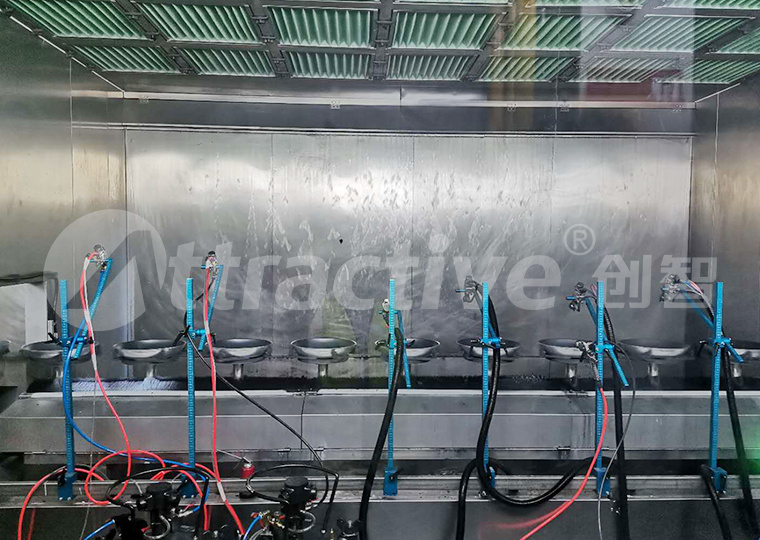
3. Customization by Special Needs: Solving Personalized Pain Points
- Low-Temperature Environment Adaptation: For customers in cold northern regions, we customize "constant temperature and humidity spraying workshop + low-temperature curing system". Through workshop insulation design and heat pump heating technology, the spraying environment temperature is stabilized at 20-25℃. At the same time, low-temperature curing coatings and special curing ovens are used to complete curing at 60℃, avoiding slow coating drying caused by low temperatures;
- Environmental Protection Upgrade Needs: For regions with strict environmental protection requirements, we customize "water-based liquid coating lines + VOCs recovery systems". Water-based coating-specific spray guns are used, combined with activated carbon adsorption + catalytic combustion devices, to control VOCs emissions below 30mg/m³, meeting the strictest national environmental protection standards. A customer successfully passed EIA acceptance after application;
- Complex Workpiece Adaptation: For special-shaped lamps and curved hardware parts, we customize "3D vision-guided spraying systems". Cameras are used to scan the workpiece contour and automatically generate spraying paths, combined with multi-angle robotic spray guns, solving the problem that traditional manual spraying is difficult to cover curved surfaces and grooves. The spraying coverage rate increased from 85% to 99.6%.
Conclusion
Next Page

